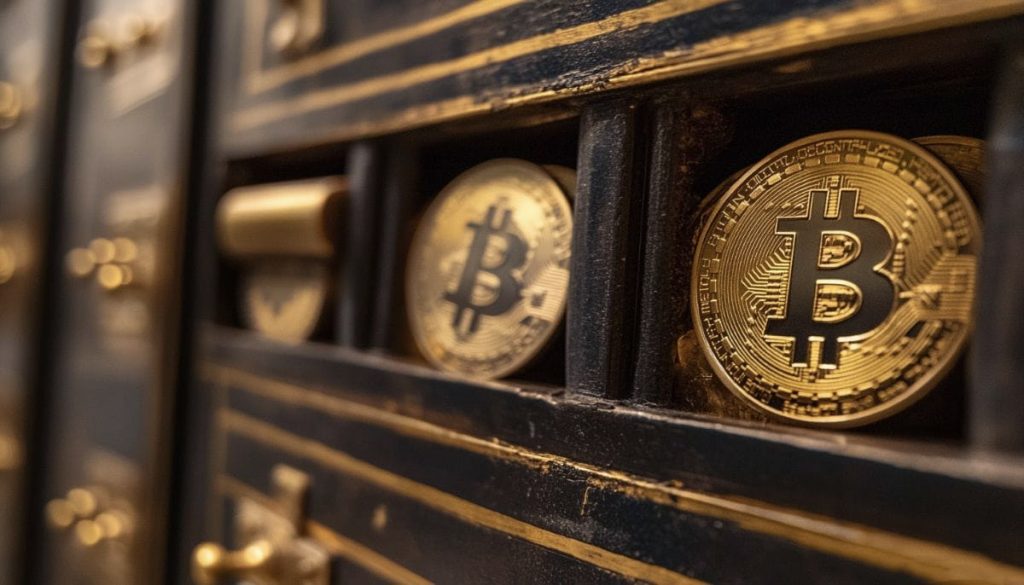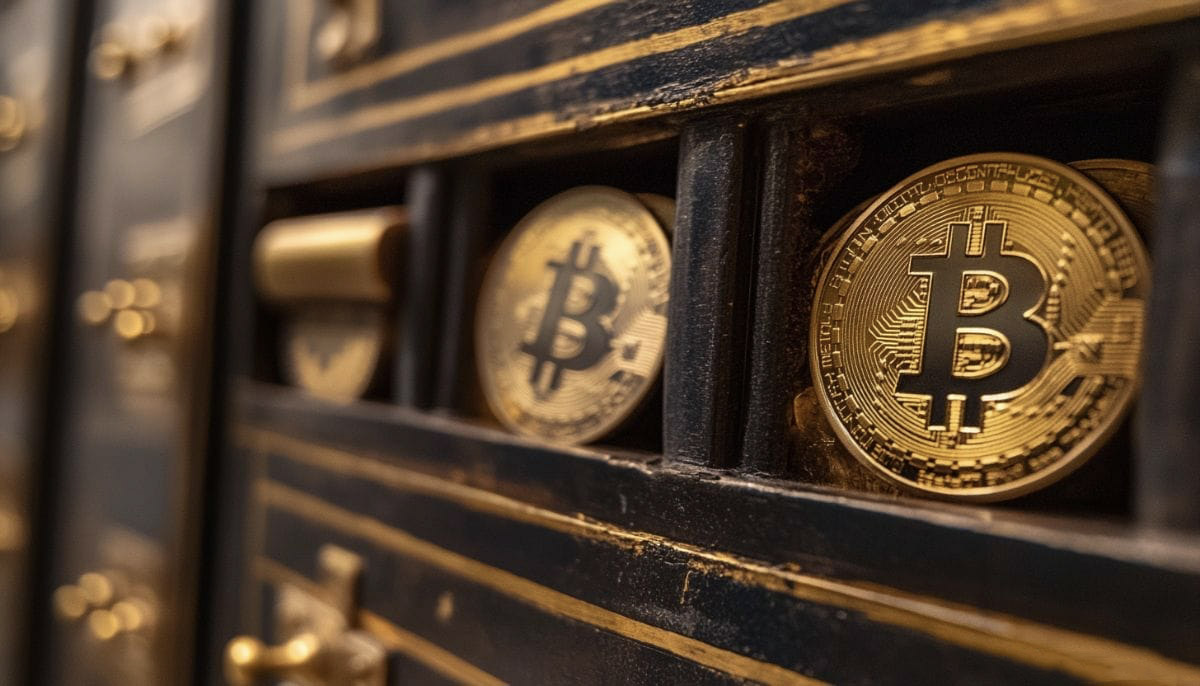The plan lays out a plan for the US to support the expansion of the digital asset sector.

Michael Saylor, the founder of MicroStrategy, has stated that he is fully in favor of President-elect Donald Trump’s plan to create a strategic Bitcoin reserve.
Detailed in his “Digital Assets Framework” policy published Friday, the proposal outlines a roadmap for the United States to foster growth in the digital asset industry, establish clear compliance standards, and ensure defined rights for crypto asset holders and companies.
Saylor Says the U.S. Needs to Lead Digital Economy
The significance of the United States spearheading the global digital economy through innovation in digital assets was highlighted in Saylor’s framework.
“By establishing a clear taxonomy, a legitimate rights-based framework, and practical compliance obligations, the United States can lead the global digital economy,” he wrote.
He went on to say that such actions could secure the U.S. dollar’s position as the foundation of the digital financial system, empower millions of businesses, and unlock trillions of dollars in wealth.
Saylor, a longtime supporter of Bitcoin, rose to prominence in 2020 after MicroStrategy started buying sizable quantities of the cryptocurrency.
The business, which mainly sells business intelligence software, is currently the biggest corporate owner of Bitcoin, with an estimated $42.6 billion in holdings.
Although most people consider Saylor to be a Bitcoin maximalist, his framework goes beyond Bitcoin and suggests universal standards for all digital capital.
To categorize digital assets, he proposed developing a thorough taxonomy that would include “digital commodities” like Bitcoin, “digital securities” like tokenized debt or equity, “digital currencies” backed by fiat, and “digital tokens” with practical uses.
There are also distinct categories for non-fungible tokens (NFTs) and tokens associated with tangible assets such as gold and oil.
MICHAEL SAYLOR: Dump all 🇺🇸 US gold for 5M #Bitcoin—the trade is free. Demontize enemy gold reserves to zero while we take control of the World's Reserve Capital Network 🤯 pic.twitter.com/XpWhVtKeuF
— Swan (@Swan) December 7, 2024
A strong framework of rights and obligations for issuers, exchanges, and other players in the ecosystem of digital assets is what Saylor’s proposal demands.
Accountability, transparency, and adherence to local laws would all be guaranteed by this framework.
“No one has the right to lie, cheat, or steal. All participants are civilly and criminally responsible for their actions,” he emphasized.
Saylor suggests lowering yearly maintenance costs to no more than 10 basis points and capping compliance expenses for token issuance at 1% of a company’s assets under management in order to promote innovation.
According to him, this strategy could drastically cut the price of token issuance from $10–100 million to $10–100,000 and shorten the time it takes to launch new digital assets from years to minutes.
Saylor Proposes Growing Stablecoin Market
Establishing the US dollar as the “global reserve digital currency” is essential to Saylor’s plan.
In order to secure the dollar’s dominance and generate significant demand for U.S. Treasuries, he suggests expanding the stablecoin market from its current $25 billion to $10 trillion.
Saylor is also in favor of creating a strategic Bitcoin reserve, a move that is supported by President-elect Trump and Senator Cynthia Lummis.
Saylor did not say how big the reserve would be, but he said it could generate between $16 and $81 trillion in wealth, which could wipe out the $36 trillion in U.S. national debt.
Trump recently expressed support for a Bitcoin reserve and reaffirmed his intention to keep the government’s 198,000 BTC that was obtained through illegal seizures.















Leave a Reply